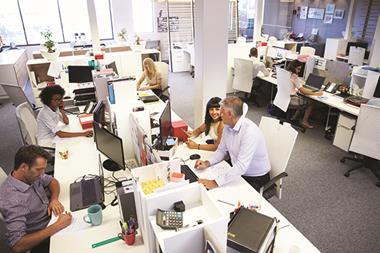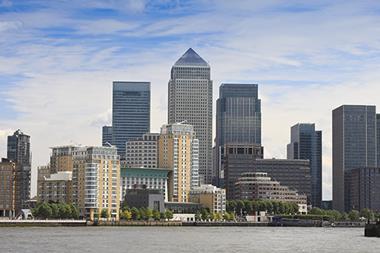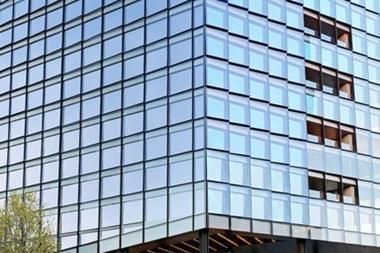
However, the two need not be in competition. We should also include a third element: access to flexible offices. The CBRE EMEA Occupier Survey 2020 found that 42% of companies are looking at flexible space as they bring staff back to the office.
The home-working experiment has caused us all to reflect on the role of the office. A common thread is the need for greater flexibility. For individuals, this means a better blend of office and agile working. For corporates, it means space that can be scaled up or down as needs change. While many corporates will be reluctant to sign long leases post-Covid-19, we expect strong demand for premium flexible space that enables workers to return to offices quickly and safely and creates an experience that cannot be replicated online.
Convene predicts that on any given day, roughly 35% of the workforce will be in the office, with the remainder working at home or from flex office space.
The shift is not just coming out of necessity because of Covid-19, it is also the result of re-imagining the office. A human-centred approach to office design has come to the fore over recent years, with different types of space created to fit various needs.
Corporates are turning to flex operators to help make this shift because of their head start and reputation for environments that support a more flexible working day. Landlords, in turn, are partnering with operators to introduce flex offerings. We wholeheartedly agree with Gerald that this is an opportunity to reshape office life for the better and should not be missed.
Sebastian Abigail, vice-president, business development, Convene





























No comments yet